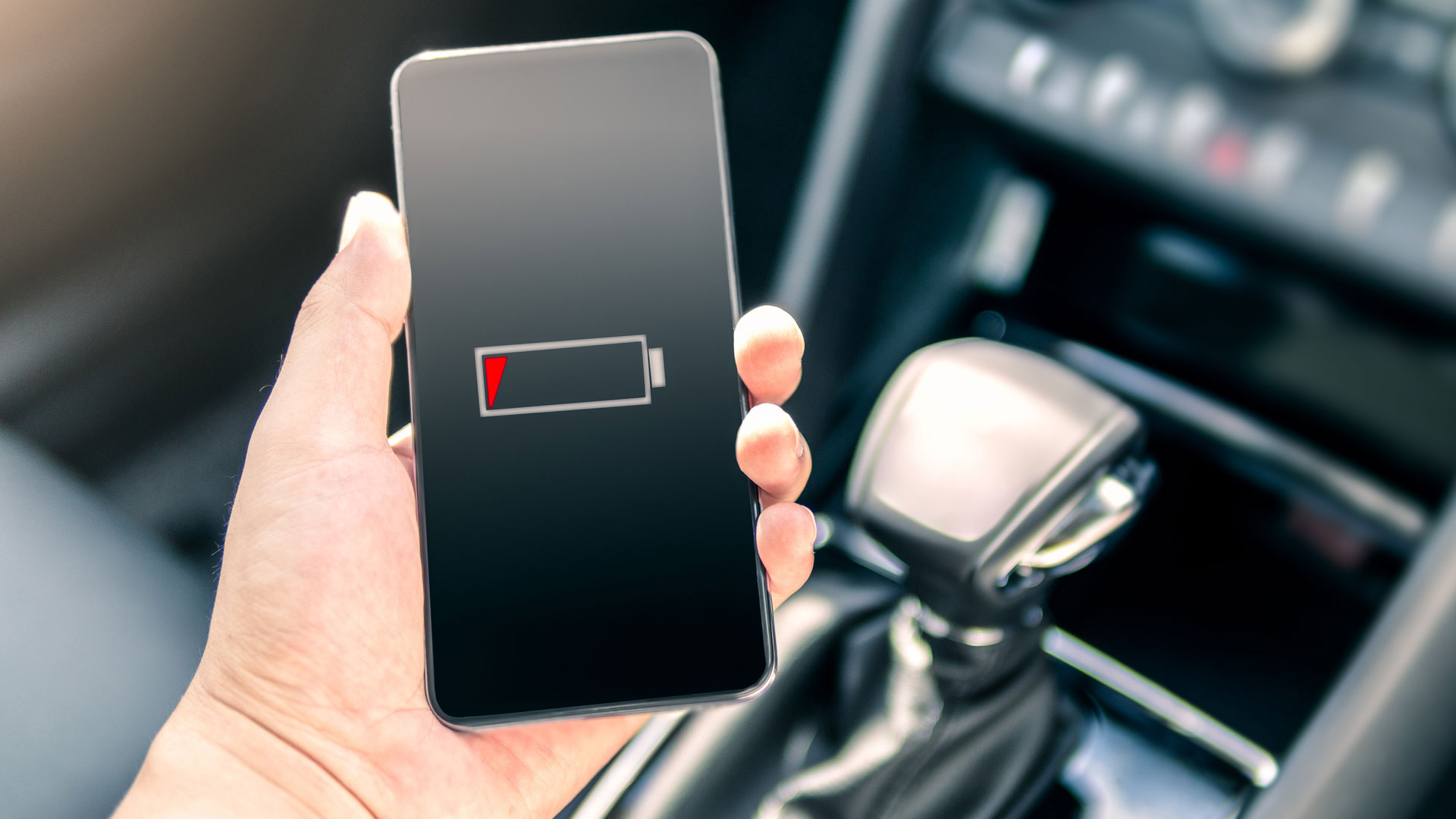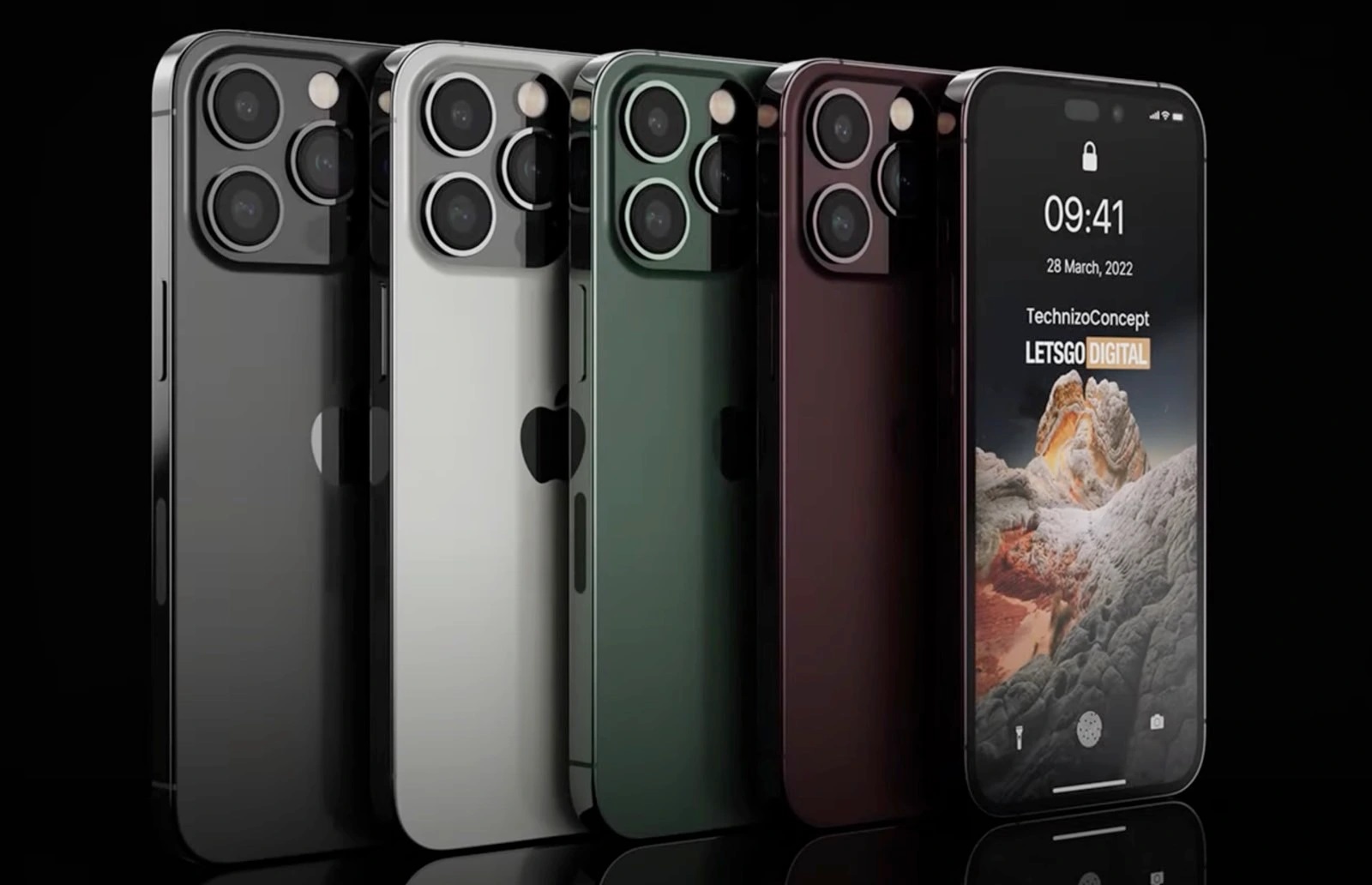The iPhone 14 needs industry-shattering battery life – Apple, you can do this
It's time for a big leap in iPhone battery performance

Does anything matter on an iPhone as much as battery life? Sure, when Apple unveils what we confidently assume will be a whole new iPhone 14 lineup on September 7 it'll tout amazing new cameras, big design changes (goodbye notch), and the A16 Bionic chip – but how much time will Tim Cook and co spend talking about battery life?
It's usually a footnote at most iPhone launches. Apple upgrades the SoC, maybe lowering the 5nm process to 3nm and making incremental efficiency gains that translate into longer battery life.
I'm all for that, but I really want so much more – like 24 hours more. My wish is for the iPhone 14 line to be the first in the iPhone's 15-year history to promise two-day battery life. It's a big stretch, I know, but I think it's possible-ish, and necessary.
Faster not better
In case you hadn't noticed, battery life – or more specifically, battery charging – is the new front in the battle to win the hearts, minds, and pockets of the smartphone-buying public. Everyone from OnePlus to Samsung is touting massive charging-wattage support (up to 150 watts) to enable super-fast charge times.
The iPhone 13 already supports 50% charging in 30 minutes with a non-standard 20-watt charger – the standard charger, the one that used to ship with all iPhones outputs just 5V. Apple is also now selling a 35W adapter that can charge two devices at once.
This is nothing compared to OnePlus, which recently launched a phone, the OnePlus 10T, that can support 150W charging (though it didn't at launch), while Samsung's Galaxy Z S22 line can sip power from a beefy 65W charger. In my experience, all of these chunkier chargers do juice up phones much, much faster.
I appreciate the effort, I really do, but this only is a partial solution to the battery-life woes of myself and millions of other iPhone and Android phone users. True, those woes have lessened over the years, but even so:
We need bigger batteries.
We need smarter batteries.
We need a breakthrough.
It's worth noting here that Apple is the only smartphone company that does not openly talk about the sizes of the batteries in its phones. I looked up and found the various iPhone 13 capacities, though they're not listed on Apple's site:
- iPhone 13 mini: 2,406mAh
- iPhone 13: 3,227mAh
- iPhone 13 Pro: 3,095mAh
- iPhone 13 Pro Max: 4,352mAh
Assuming those numbers are accurate, none of them gets close to the 5,000mAh capacity of the Samsung Galaxy S22 Ultra. And, as far as I can tell, no one in the industry wants to go beyond 5,000. Even the 7.6-inch screen Samsung Galaxy Z Fold 4 tops out at 4,400mAh.
To be fair to Apple and other companies, battery technology is complex. Most smartphones have batteries that are comprised of many layers and which contain complex chemical interactions. Sometimes, that results in batteries failing or even mysteriously bulging.
With the iPhone 14, Apple cannot afford to simply up the mAh and call it a day. However, I would argue that there's no reason why the anticipated iPhone 14 Pro Max and similarly sized iPhone 14 Max can't have 5,000mAh batteries.
Of course, that still won't be enough.
I need two-day battery life because, three years from now, my iPhone 14's battery life will be at 80% or less. The lifespan of any mobile battery is typically an inverted 'hockey stick' curve. Initially, it's a slow degradation (my one-year-old iPhone 13 Pro reports 97% of its original capacity – though I think that's being generous), and then, a few years, in, it accelerates until the downhill trajectory more closely resembles a rollercoaster ride drop.

Smarter batteries
Some years ago, Apple explained to me how it uses artificial intelligence to better manage battery life. The system looks at usage patterns, power consumption, and more in order to manage battery usage down to a component level. That was with iOS 10, which means the state of the art in battery management has progressed. We see it in iOS 15's battery settings, which show battery usage by app (Safari is my thirstiest culprit), in the Battery Health section, and in the charging optimization control we now have to help ameliorate battery aging.
Even with all this, my iPhone 13 struggles to make it through one day. Sure, if I have a 20W charger handy and I'm near an outlet, I can be halfway charged in no time, but the reality is that we're not always near a plug, so many of us resort to carrying bulky portable chargers – it's like carrying two phones, but one is a mostly useless brick.
With the iPhone 14 line, Apple has an opportunity to do something more. If Apple is unable to fundamentally alter lithium-ion battery chemistry, which I'll assume it can't, it can still increase battery capacities across the board. Still, I'm hoping for an AI battery management inflection point. Let's see AI that, if allowed, can do far more than control background processes. It would also help if Apple leaned even harder on developer partners to build more efficient apps.
A few adjustments
Apple should also give itself a leg-up by spreading variable refresh rates across the entire iPhone 14 line. On the iPhone 13, only the Pro and Pro Max offer a variable refresh rate of up to 120Hz. The more the system can slow down screen redraws to, say, 1Hz when little or nothing is moving on the screen, the better it will be for battery consumption.
We also need Apple to help us help ourselves, at least a little bit more. I'd like to see Apple connect Screen Time to battery usage, for more insights that will help iPhone 14 users manage their own app usage and improve battery life.
If, as we expect, the A16 Bionic features a smaller, more efficient 3nm process, there will be more space in the devices (especially the larger ones), and it will be easy for Apple to embiggen the batteries.
However, I want Apple to start thinking of 24 hours as a new minimum benchmark for mobile battery performance, with a goal of doubling that – if not this year or next, then maybe by 2025.
I don't think I'm exaggerating when I say smartphone owners are obsessed with battery life. It's time for Apple (and others) to stop offering fast charging as a band-aid solution, and to fundamentally alter the battery life game.
I think the Apple iPhone 14 could be the start of this.
Get daily insight, inspiration and deals in your inbox
Sign up for breaking news, reviews, opinion, top tech deals, and more.

A 38-year industry veteran and award-winning journalist, Lance has covered technology since PCs were the size of suitcases and “on line” meant “waiting.” He’s a former Lifewire Editor-in-Chief, Mashable Editor-in-Chief, and, before that, Editor in Chief of PCMag.com and Senior Vice President of Content for Ziff Davis, Inc. He also wrote a popular, weekly tech column for Medium called The Upgrade.
Lance Ulanoff makes frequent appearances on national, international, and local news programs including Live with Kelly and Mark, the Today Show, Good Morning America, CNBC, CNN, and the BBC.